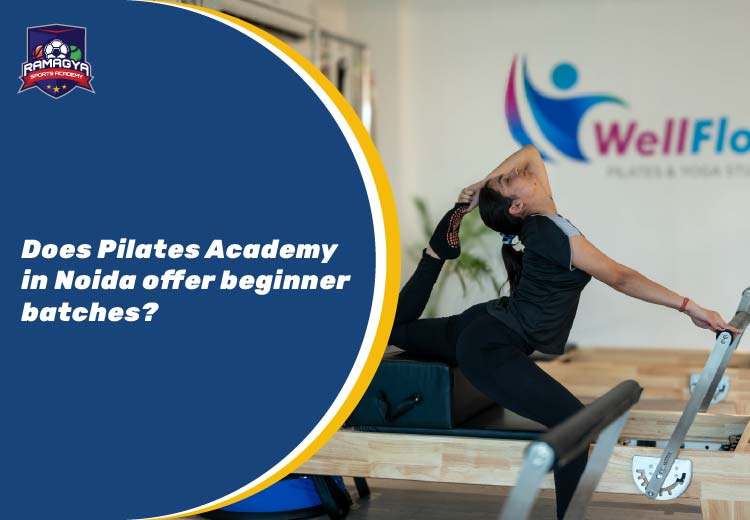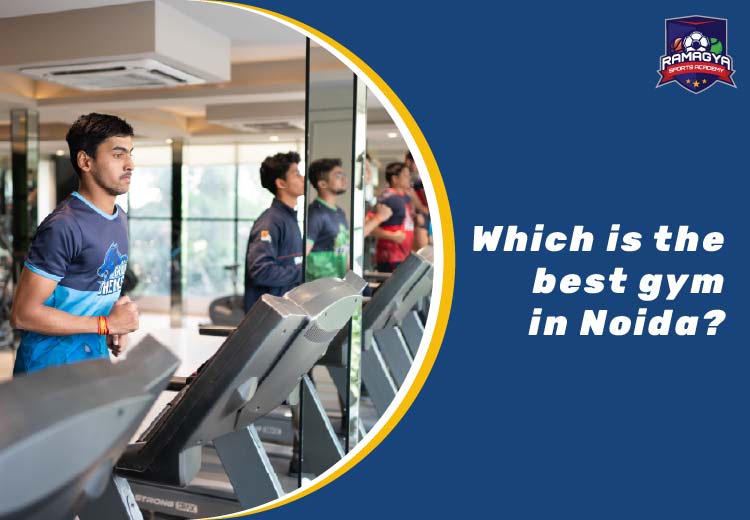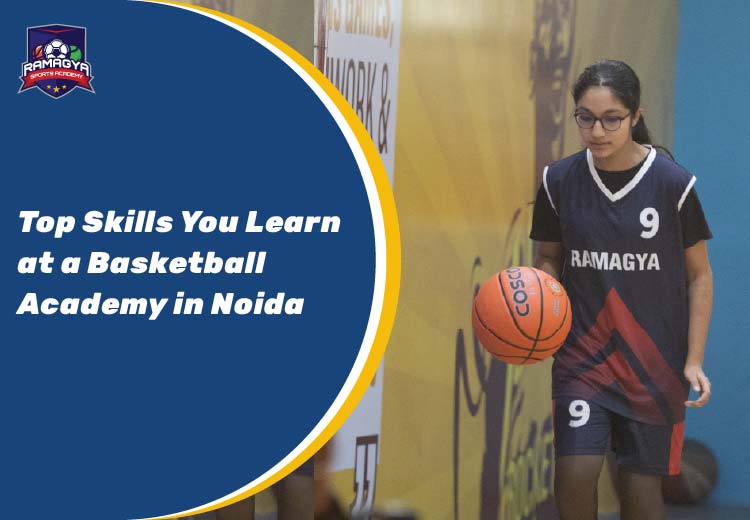
Embracing the Essence: Why Classical Dance Should Be an Experience, Not Just a Performance
July 9, 2024
The Surprising Benefits of Indoor Game: 10 Reasons to play more often
July 18, 2024Pilates for Beginners Guide to Core Strengthening and Toning
 Precision and control are fundamental tenets of Pilates for beginners. Movements should be executed deliberately with intention and awareness, emphasizing quality over quantity. In order to maximize effectiveness while decreasing injury risk, practitioners are advised to pay particular attention to alignment, form, and muscle engagement during each exercise session. Pilates can be practiced on either a mat or using specific equipment like the Cadillac, reformer, and chair; each provides resistance and support that enhance the intensity and effectiveness of each Pilates workout session.
Pilates for beginners can be tailored to suit the fitness levels and needs of people of all ages and levels of fitness. Pilates provides a comprehensive yet versatile fitness solution. It provides an exciting, transformative journey towards stronger, healthier bodies and minds. To maximize its full benefits, practice Pilates either in group classes, with private instructors, or at home – and always listen to what works for your own body – progress at your own pace and seek guidance from qualified instructors if necessary.
Precision and control are fundamental tenets of Pilates for beginners. Movements should be executed deliberately with intention and awareness, emphasizing quality over quantity. In order to maximize effectiveness while decreasing injury risk, practitioners are advised to pay particular attention to alignment, form, and muscle engagement during each exercise session. Pilates can be practiced on either a mat or using specific equipment like the Cadillac, reformer, and chair; each provides resistance and support that enhance the intensity and effectiveness of each Pilates workout session.
Pilates for beginners can be tailored to suit the fitness levels and needs of people of all ages and levels of fitness. Pilates provides a comprehensive yet versatile fitness solution. It provides an exciting, transformative journey towards stronger, healthier bodies and minds. To maximize its full benefits, practice Pilates either in group classes, with private instructors, or at home – and always listen to what works for your own body – progress at your own pace and seek guidance from qualified instructors if necessary.



